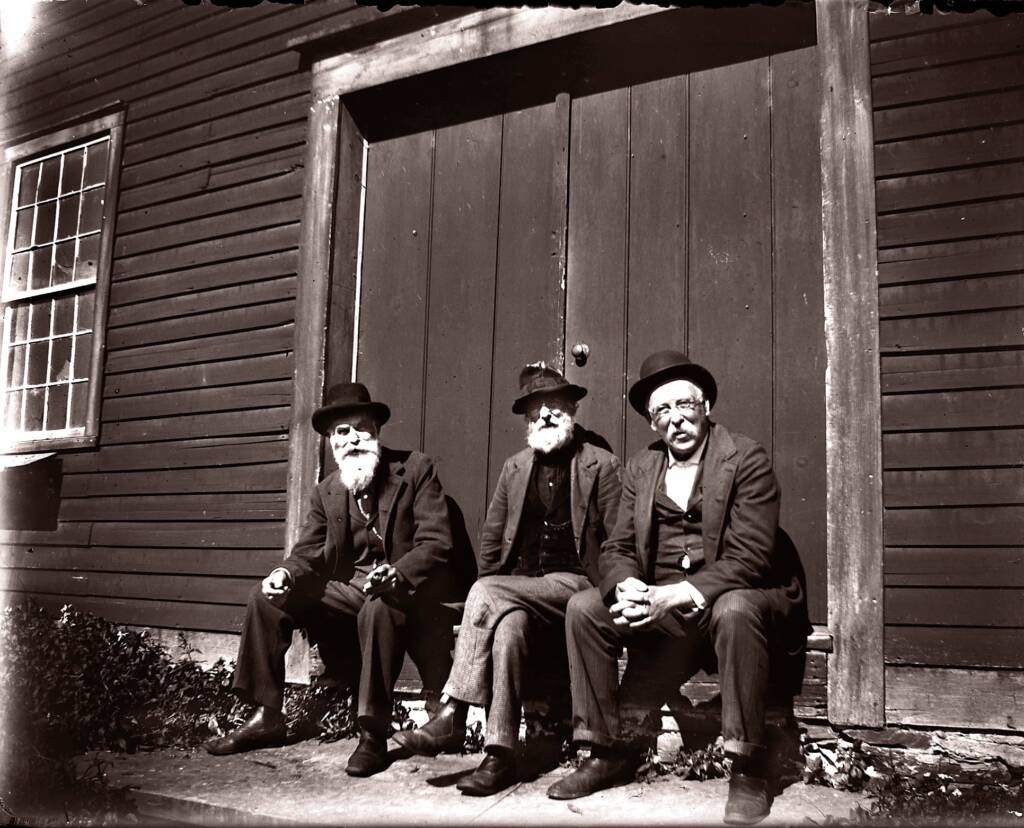The Town of Wells, Vermont was chartered on September 15, 1761 by Benning Wentworth, and organized on March 9, 1773.
It is situated in the southwestern part of Rutland County, bounded on the north by Poultney and Middletown; on the east by Tinmouth and Middletown Springs; on the south by Pawlet, and on the west by Washington County, NY.
New Hampshire actually first chartered Wells. At that time it covered more than 23,000 acres. But two separate actions by Vermont Legislature reduced the area. First, 6,118 acres were taken to help create Middletown Springs in 1784. Then, 14 years later, Poultney annexed 4,000 acres.
Today, Wells, Vermont now consists of approximately 13,000 acres.

Much of the town’s history is connected with Lake St. Catherine; a five-mile-long body of water split between Wells and Poultney. Lake Saint Catherine, the second-largest lake entirely in Vermont, was (and still is) a stopping place for visitors (and residents alike) long before European settlers discovered it. Ethan Allen is thought to have been a frequent visitor who came to hunt and fish its abundant wildlife.
As the area became more settled in the 1800s, two grand hotels were built to accommodate summer visitors; they enjoyed their heyday before being dismantled in the early 1900s when private cottages came to be built for use as family retreats. Wells has maintained its rural character since it was formed in 1771. Early industry arose from sheep farming when mills were built to process wool for market. The town at one time boasted three stores, four distilleries, two blacksmith shops, two wagon shops, a tannery and several grist and sawmills.
During the last 100 years, most development in Wells has been concentrated along the shores of Lake St. Catherine. The Village of Wells remains a place of quaint character and is designated as a historic district on the State Register of Historic Places.